vPAD training consists of 28 1-hour sessions across about 3-4 months’ time. Each training session consists of briefing, virtual reality-enabled training and debriefing. There are 3-4 children in one class. During briefing, the trainer and the assistant will get the children cognitively and affectively ready for the virtual reality enabled training. The trainer conducts group activities while observing and assessing the children. Afterwards, the children will take turn in participating in the virtual environment. While one child is engaged in the training, the others would be observing at the back. The assistant will facilitate the observation at the back. This design aims to let the observers keep their concentration during observation and think and reflect on others’ responses to the simulated scenes and scenarios. The virtual reality enabled training usually lasts for 40 minutes, so on average each child will have around 10 minutes being exposed to the virtual reality environment directly and 30 minutes observing. After that, children will be debriefed based on the virtual reality scenario they have just experienced and observed, in order to support generalization and to clarify any miscomprehension towards the virtual reality scenes and scenarios.
While the trainer keeps record of each child’s in-class progress, each child goes through assessments before and after the training in order to make note of any improvements on respective areas.
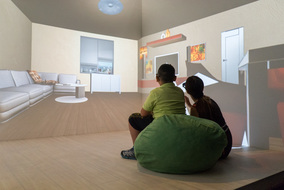
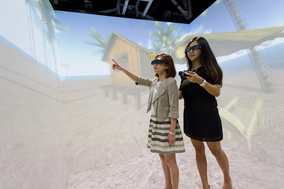
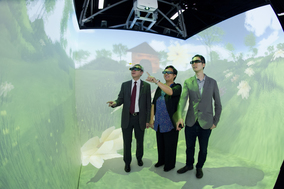
The learning objectives of scenario 1 were on time management, sequencing and self-initiated behaviors and to train students to be able to proactively go through the morning routine at home in preparation to go to school.
This is because students with ASD lack compliance and at times are rigid to routine, hence using VR to help establish and practice appropriate daily routine. Challenging variations were introduced for ASD to experience obstacles in performing daily routine and practice how can they adjust/adapt to the situations.
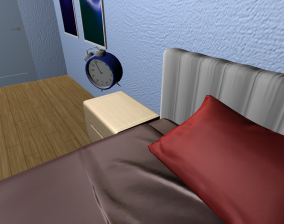
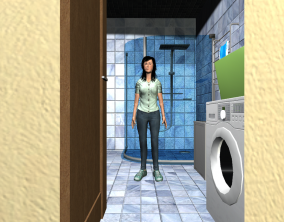
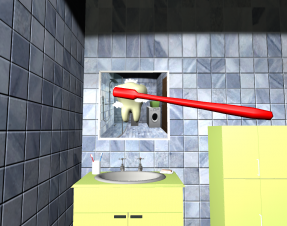
The learning objectives include practicing and acquiring social and communication skills in carrying out greetings in daily life, strengthening emotion identification, learning to navigate to school safely, responding to changing situations, observing and identifying classmates’ emotion and identifying emotions and following school rules and appropriate classroom behaviors.
The scenario helps the students to practice appropriate daily routine in school including collective actions with classmates (which is challenging and/or they may not be aware of). It also targets on their difficulties in identifying and linking facial expression and emotions, thus a mini-game is developed for repetition practice.
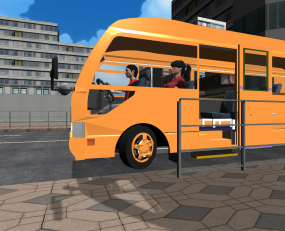
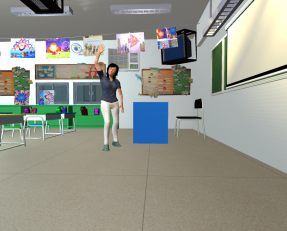
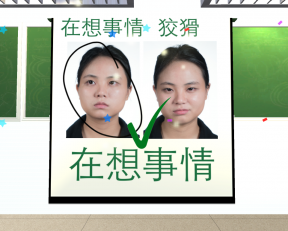
This scenario aims to help students to adhere to social norms in quiet areas of the school setting, even when facing varying challenges with regards to voice volume control. It helps students to understand and follow school rules and social skills in group settings.
This scenario extends and strengthens adherence to school rules and those specific to library rules. As students with ASD are rigid to follow rules and often responds inappropriately to those others who do not follow, challenging situations are developed for them to learn and practice appropriate response.
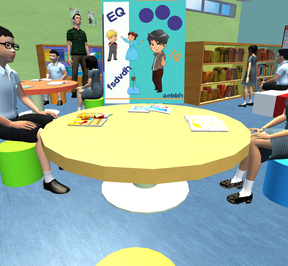
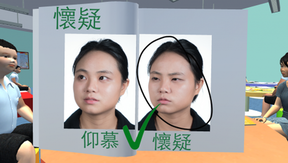
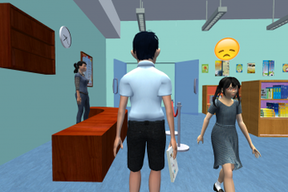
This scenario allows students to practice social skills, understand and adapt to unplanned/unwanted situations, understand and follow school rules and social skills in group settings and express own feelings.
There are more flexibility and chances to strengthen and generalized learned social skills. Unplanned/unwanted situations were designed to help students to adjust and adapt to such situations.
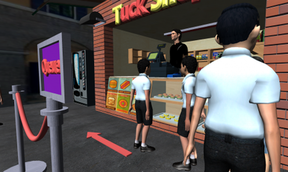
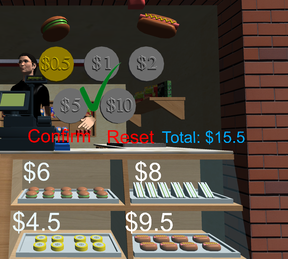
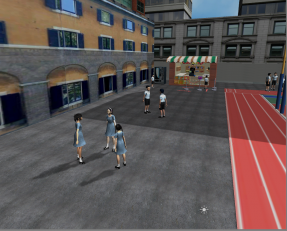
This scenario helps to consolidate social skills learned across the program. Students would demonstrate an understanding of how to meet and adapt to unexpected situations, how to follow school rules and how to apply social skills in group settings. It strengthens social skills and generalization of acquired skills in this new setting while challenging variations are re-introduced to provide a consolidation experience of how can they adjust/adapt to the situations.
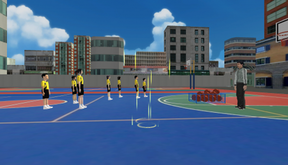
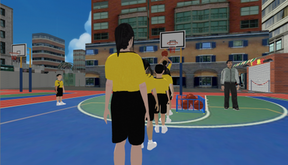
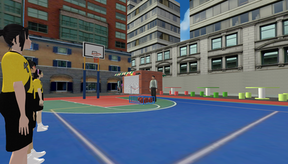
This scenario provides a soothing virtual environment for the students to have an immersive state of mind and to feel what it may be like to be in such a scene. It promotes calm and happy feelings, helps to control students’ elevated emotions and provides an outlet for students to express emotions calmly.
In the beginning, students may not be used to the VR environment, hence this scenario serves to provide a comfortable and peaceful environment for warm-up. It is also used to sooth emotional outbursts which are not uncommon in students with ASD.
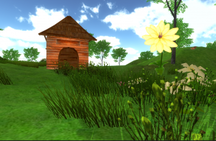
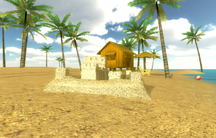
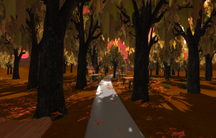
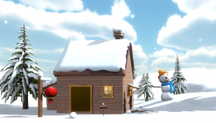
This is a CABLE TV television programme and broadcasted on 20 Jan 2018.